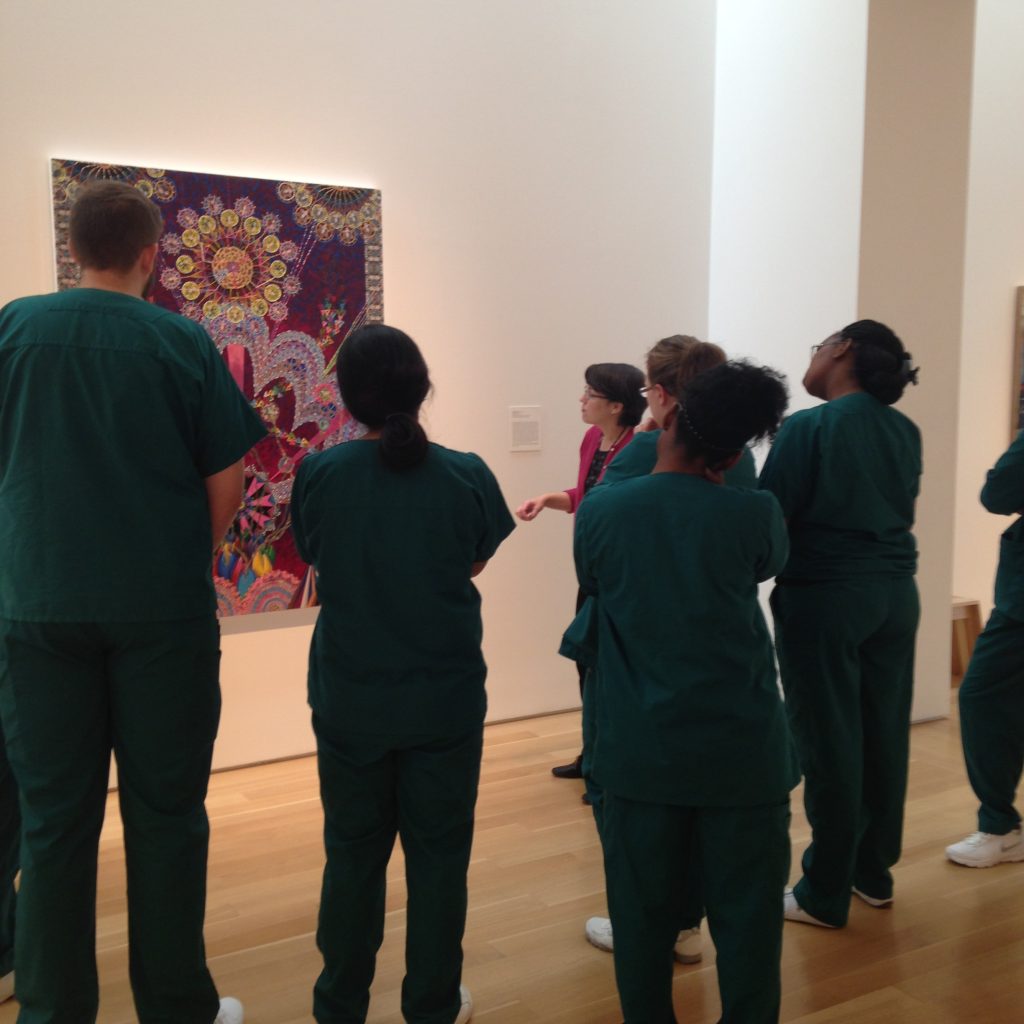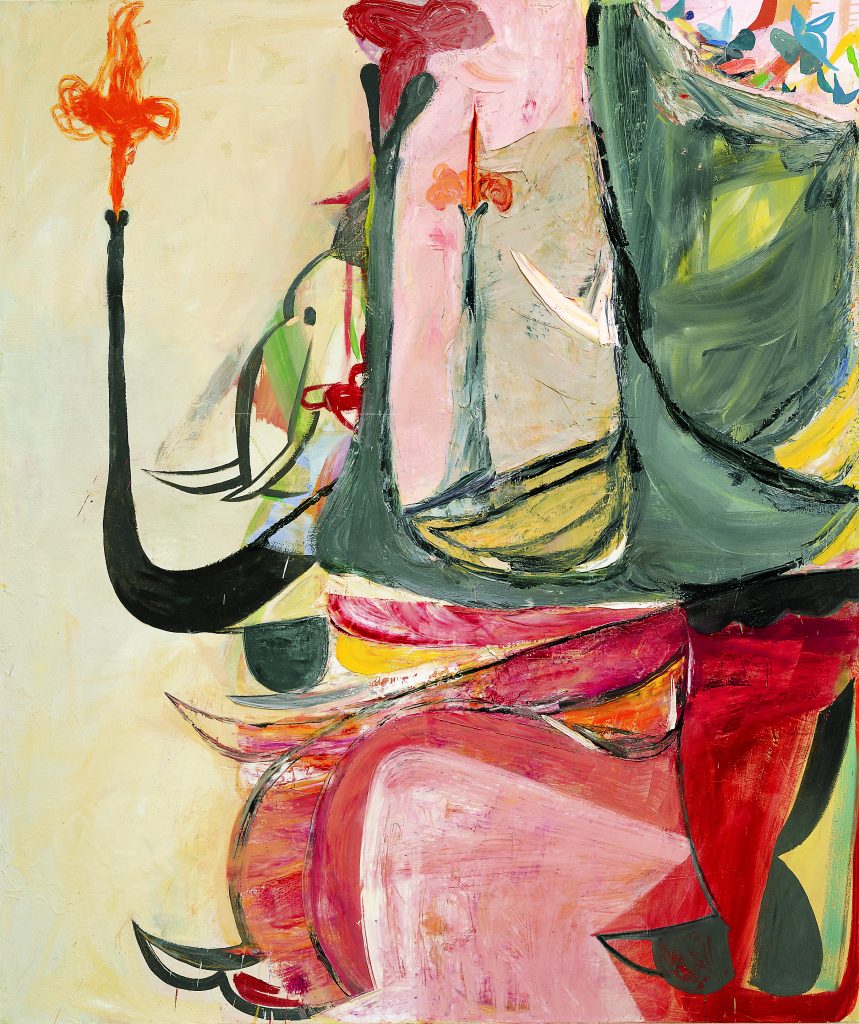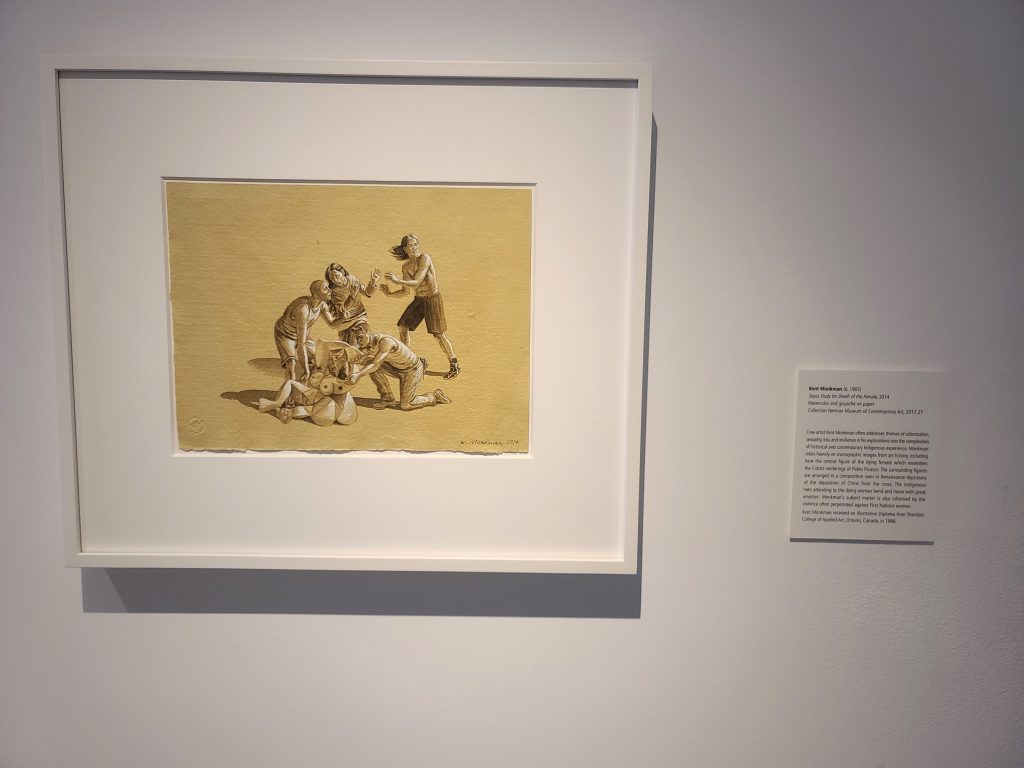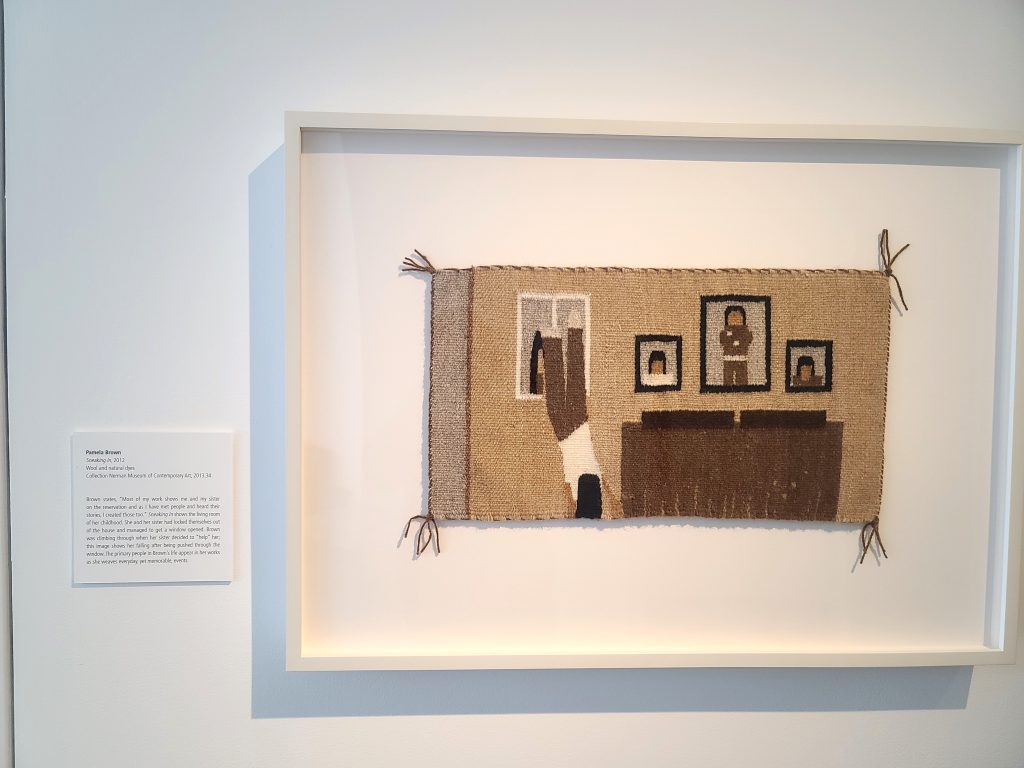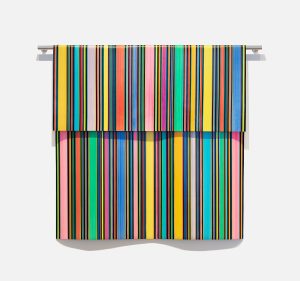
Linda Besemer (b. 1957), Fold #84, 2002, Acrylic on aluminum rod
The Carolyn Campagna Kleefeld Contemporary Art Museum in Long Beach, California, created a publication entitled “Linda Besemer: StrokeRollFoldSheetSlabGlitch,” named after Linda Besemer’s 2022 exhibition by the same name.
“StrokeRollFoldSheetSlabGlitch is the first survey of works by Los Angeles-based artist Linda Besemer. This exhibition emphasizes Besemer’s ongoing commitment to exploring alterity through conscious “othering” of abstraction and reflects upon the artist’s search for new meaning in painting over the past thirty-five years. Featuring twenty-three works produced between 1993–2021, the exhibition showcases key moments in Besemer’s career, taking visitors on a journey through the evolution of their practice, starting with early traditional gestural abstraction, exploring their “detachables” works, and culminating with their most recent glitch series. Visitors are also invited to delve into Besemer’s process and explore a collection of the artist’s maquettes, annotated drawings, and gouache color studies.”
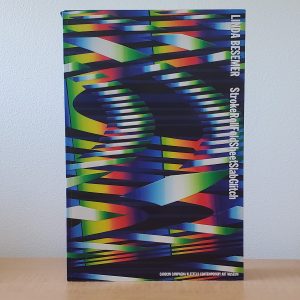
The Nerman Museum has this publication in their Art Education Library. If you are interested in further exploring her body of work, schedule a time to stop by via email at [email protected], or, if you are JCCC Staff or Faculty, or a Nerman Museum docent, you can also check out the book for up to two weeks! You can also learn more about her artworks on Besemer’s website.
A different work by Besemer was also featured in the Nerman Museum’s queer abstraction exhibition, which was named one of the top 16-thought provoking exhibitions to visit in 2020.

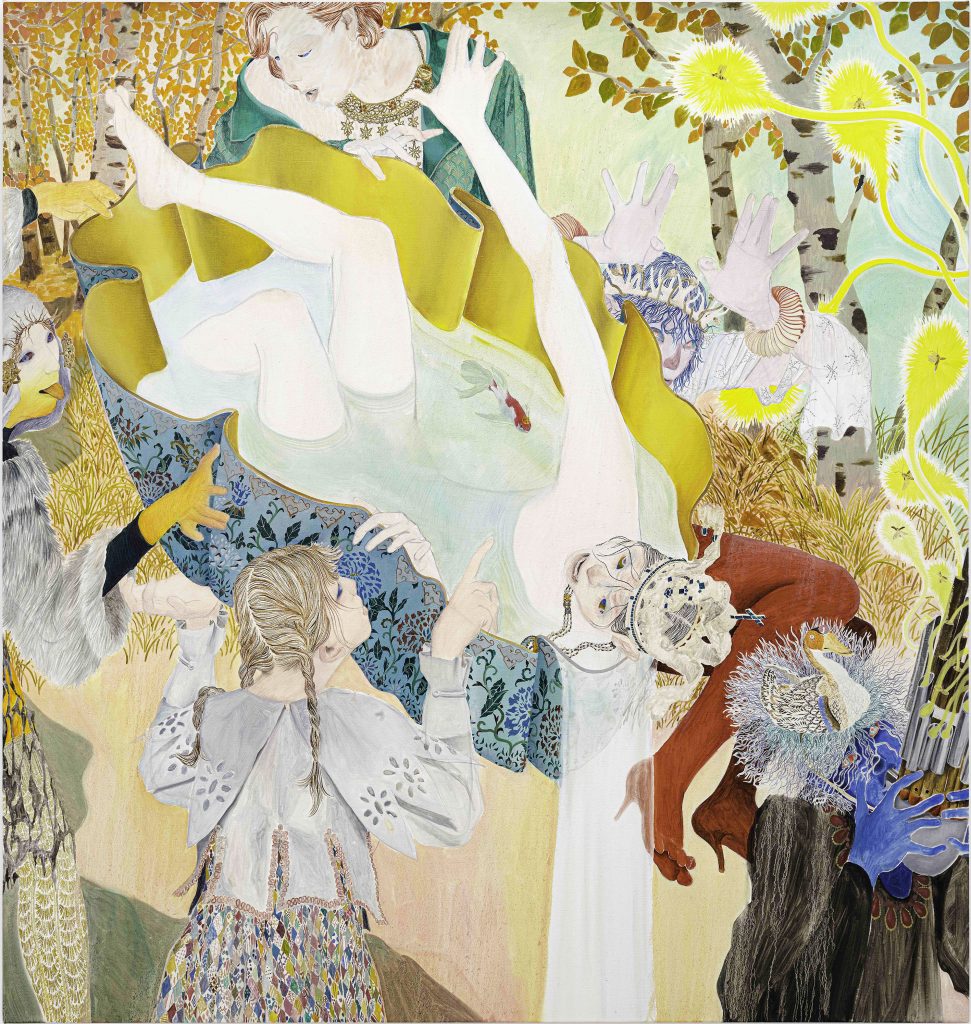
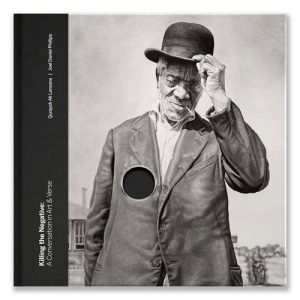
 It is very exciting to have Edgar Heap of Birds’ work on view now in the Kansas Focus Gallery – what could be a more appropriate location for this work than a gallery that is itself named for the land that we’re situated in.
It is very exciting to have Edgar Heap of Birds’ work on view now in the Kansas Focus Gallery – what could be a more appropriate location for this work than a gallery that is itself named for the land that we’re situated in.